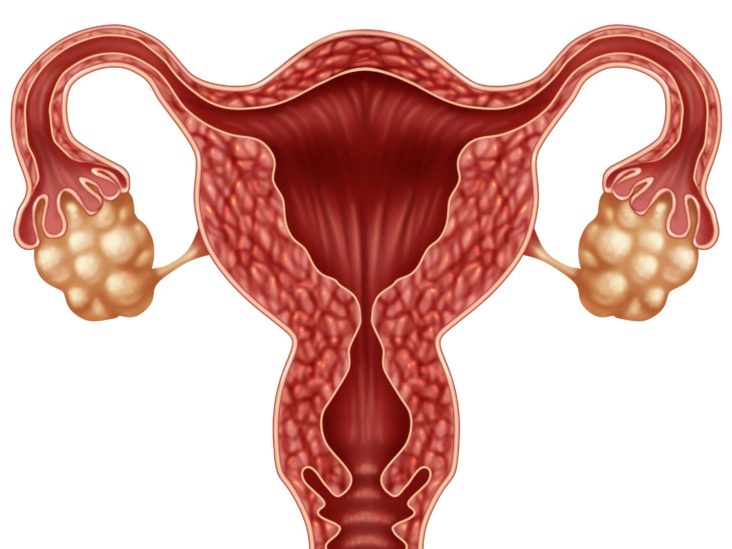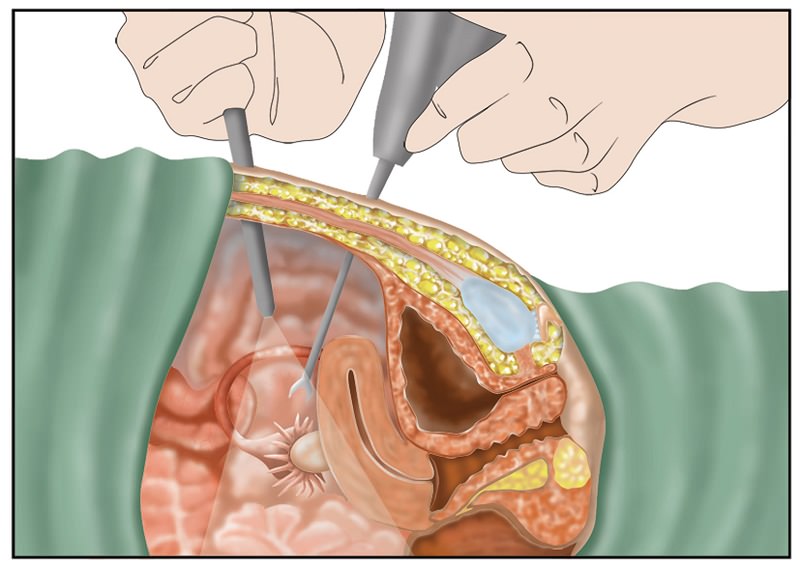Hysterectomy
Abdominal ,Vaginal & Laparoscopic
Hysterectomy is the surgical removal of the uterus. It may also involve removal of the cervix, ovaries, Fallopian tubes, and other surrounding structures. Usually performed by a gynecologist, a hysterectomy may be total or partial.
- A hysterectomy is a surgical procedure to remove the womb (uterus). You'll no longer be able to get pregnant after the operation. If you have not already gone through the menopause, you'll no longer have periods, regardless of your age. Many women have a hysterectomy. It's more common for women aged 40 to 50.

A hysterectomy is major surgery, but with new technological advances, the discomfort, risk of infection and recovery time has all been decreased.
Abdominal
An abdominal hysterectomy is a surgical procedure that removes your uterus through an incision in your lower abdomen. Your uterus — or womb — is where a baby grows if you’re pregnant. A partial hysterectomy removes just the uterus, leaving the cervix intact.
A total hysterectomy removes the uterus and the cervix.


What is a vaginal hysterectomy?
A vaginal hysterectomy is an operation to remove your uterus (womb) and cervix (neck of your womb) through your vagina. It is possible also to remove your ovaries but they will usually be left alone.
Vaginal hysterectomy is a surgical procedure to remove the uterus through the vagina. During a vaginal hysterectomy, the surgeon detaches the uterus from the ovaries, fallopian tubes and upper vagina, as well as from the blood vessels and connective tissue that support it, before removing the uterus
Laparoscopic Hysterectomy
A hysterectomy is the surgical removal of the uterus. Hysterectomies are performed for a wide variety of reasons.
A laparoscopic hysterectomy is a minimally invasive surgical procedure to remove the uterus. A small incision is made in the belly button and a tiny camera is inserted. The surgeon watches the image from this camera on a TV screen and performs the operative procedure.

